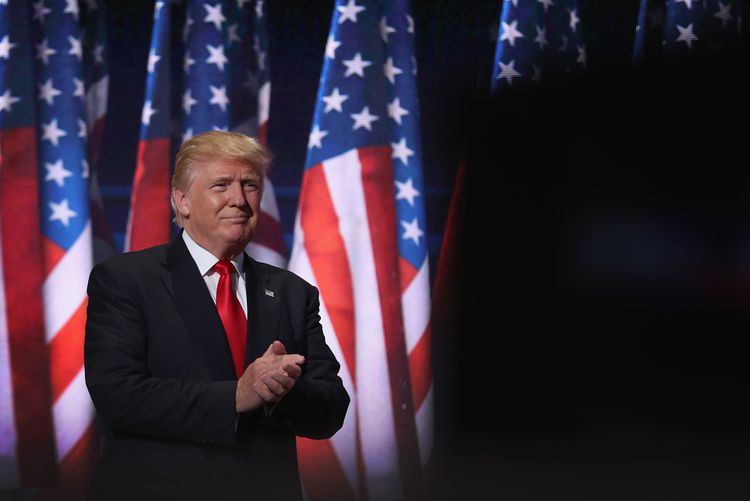TRUMP’S TARIFFS: Understanding the Impact on US Trade with Canada, China, and Mexico
Trump’s tariffs on Canada, China, and Mexico have finally been implemented, and it’s essential to understand the implications. The tariffs, which range from 10% to 25%, will be imposed on imports from these countries, which account for a staggering 41.7% of all US imports .
The Tariffs: A Breakdown
– Mexico: 25% tariffs on all imports, which could have significant implications for the US-Mexico trade relationship.
– Canada: 25% tariffs on all imports, except for Canadian oil, which will be taxed at 10%.
– China: 10% tariffs on all imports, which may be a strategic move to avoid escalating tensions with China.
The Potential Impact
Economists warn that these tariffs could lead to increased inflation, as businesses may pass on the additional costs to consumers. In fact, analysts at Deutsche Bank estimate that the Canadian and Mexican tariffs alone could increase core PCE inflation by up to 1.4% .
The Response from Affected Countries
– China: May respond with currency devaluation, which could mitigate the impact of the tariffs.
– Mexico: The tariffs may weaken the Mexican peso and economy, potentially undermining the US-Mexico-Canada Agreement (USMCA).
– Canada: The tariffs may have significant implications for the Canadian energy sector and the US-Canada trade relationship.
What’s Next?
These tariffs may not be the last, as Trump has hinted at potential tariffs on the European Union. The impact of these tariffs will likely be a key focus area for the Trump administration in the coming months.
EXCERPT
Trump Implements Tariffs on Canada, China and Mexico—What You Need to Know After several weeks of threats, the White House implemented tariffs on imports from some of the U.S.’s largest trading partners Saturday.
President Donald Trump ordered 25% tariffs on Mexico, 25% tariffs on Canada, and 10% tariffs on China. The three countries account for 41.7% of all imports, according to the latest data from the U.S. Census Bureau.1 All imports from these three countries will now be taxed at these elevated rates, with the exception of Canadian oil, which Trump’s order taxes at 10%.
Country $ of Goods Imported in November 2024 Percent of Total Imports in November 2024
Mexico $466.6 billion 15.6%
China $401.4 billion 13.5%
Canada $377.2 billion 12.6%
Germany $146.7 billion 4.9%
Japan $135.8 billion 4.6%
Source: U.S. Census BureauTrump promised on the campaign trail that he would raise important taxes on the first day of his administration. Instead, he delayed the deadline to Feb. 1. Some economists had speculated that the threat of tariffs was likely a negotiating tactic designed to get concessions on other policy disagreements, such as immigration.
Economists have said tariffs would likely increase inflation as businesses pass on their increased costs to consumers. While it’s difficult to estimate how much of that tariff will be passed along at each stage of production, analysts at Deutsche Bank calculated that the Canadian and Mexican tariffs alone could increase core PCE inflation by up to 1.4%.
Because of their potential to increase already stubborn inflation, tariffs are a low priority for most Americans, according to polling by Morning Consult. Only 23% of voters said tariffs should be an early focus for the Trump administration, making it one of the president’s campaign promises with the least support. Alternatively, reducing the cost of goods and services was his most broadly supported initiative, with 79% of voters saying it should be Trump’s top priority.
This may not be the last tariff on the administration’s radar. During his campaign and since his election, Trump has floated the idea of potential tariffs on the European Union, which could be broad or might target specific goods.
“If President Trump’s first term is any guide, trade policy will remain a key item on the agenda over the next four years,” wrote Wells Fargo Economists Shannon Grein and Nicole Cervi.2
Source: Inestopedia





